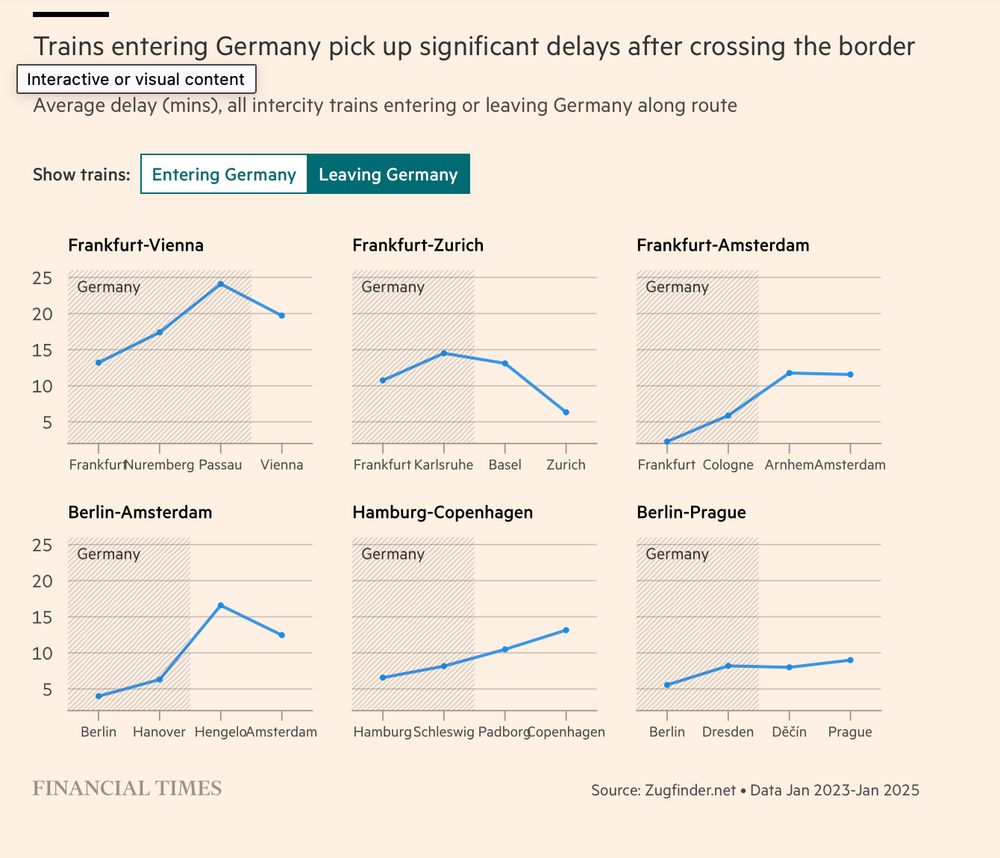I am a behavioral economist who works on topics related to information and expectations, using experimental methods.
https://www.muhammedbulutay.com/

Classic rational inattention says people weigh costs vs. benefits when processing info.
We show that overprecision biases this evaluation — leading to misallocated attention.
📄 Theory + experiment
(link in last post)
#econsky @boschrosa.bsky.social
I'd say that's a great deal!
press.princeton.edu?cq_src=googl...

I'd say that's a great deal!
press.princeton.edu?cq_src=googl...
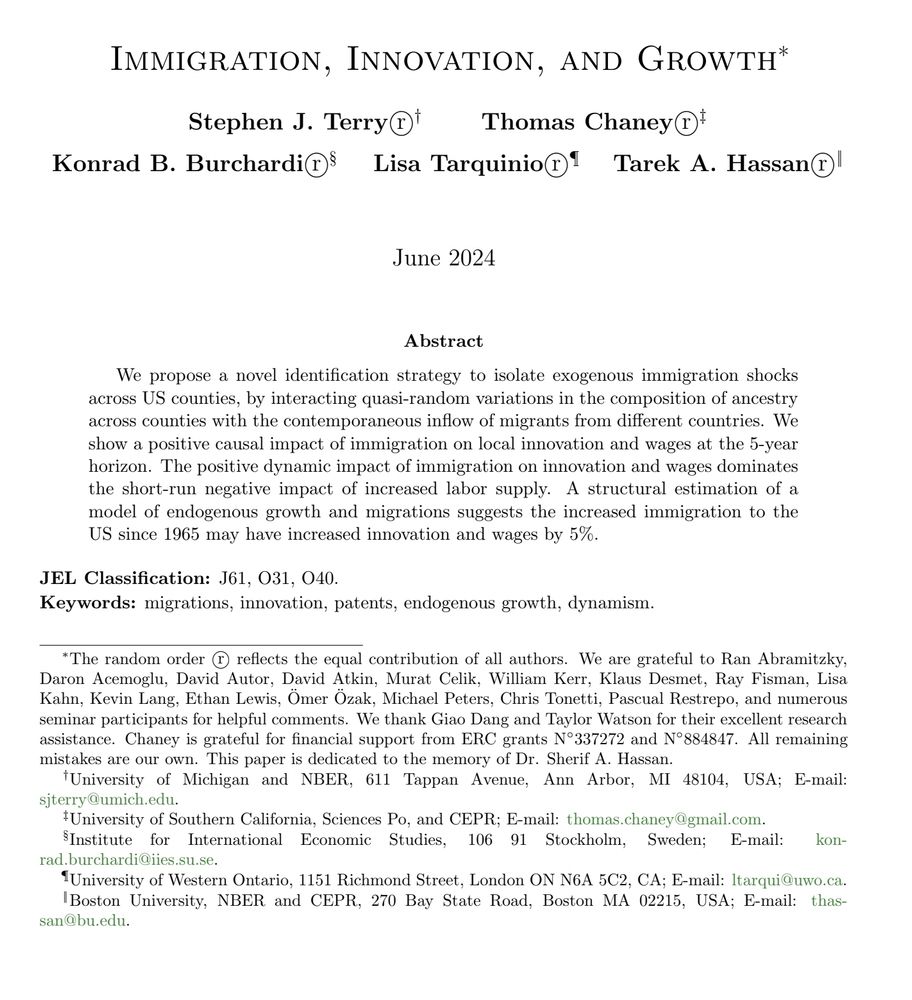

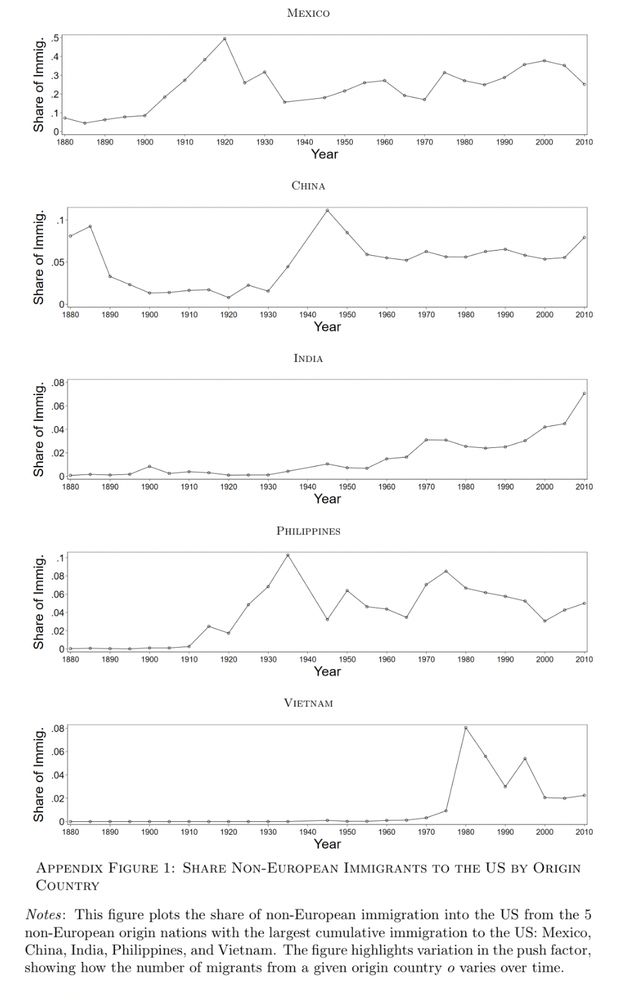

There are many other interesting projects too!
www.t2m.network/2025/program/
There are many other interesting projects too!
www.t2m.network/2025/program/
I arrived at the conclusion that (1) there's a lot of interesting stuff about interactions and (2) the figure I was looking for does not exist.
So, I made it myself! Here's a simple illustration of how to control for confounding in interactions:>

I arrived at the conclusion that (1) there's a lot of interesting stuff about interactions and (2) the figure I was looking for does not exist.
So, I made it myself! Here's a simple illustration of how to control for confounding in interactions:>
Non-managerial wages (for around 80% of private workforce) continues to grow somewhat stronger than overall wages. This means the reduction in wage inequality post-pandemic has remained, and continued (at a slower pace).

Non-managerial wages (for around 80% of private workforce) continues to grow somewhat stronger than overall wages. This means the reduction in wage inequality post-pandemic has remained, and continued (at a slower pace).
Classic rational inattention says people weigh costs vs. benefits when processing info.
We show that overprecision biases this evaluation — leading to misallocated attention.
📄 Theory + experiment
(link in last post)
#econsky @boschrosa.bsky.social

Classic rational inattention says people weigh costs vs. benefits when processing info.
We show that overprecision biases this evaluation — leading to misallocated attention.
📄 Theory + experiment
(link in last post)
#econsky @boschrosa.bsky.social
(Study 1) They run a variant, aimed at ensuring that subjects understand the task, in which "an experimenter ... read the instructions aloud."

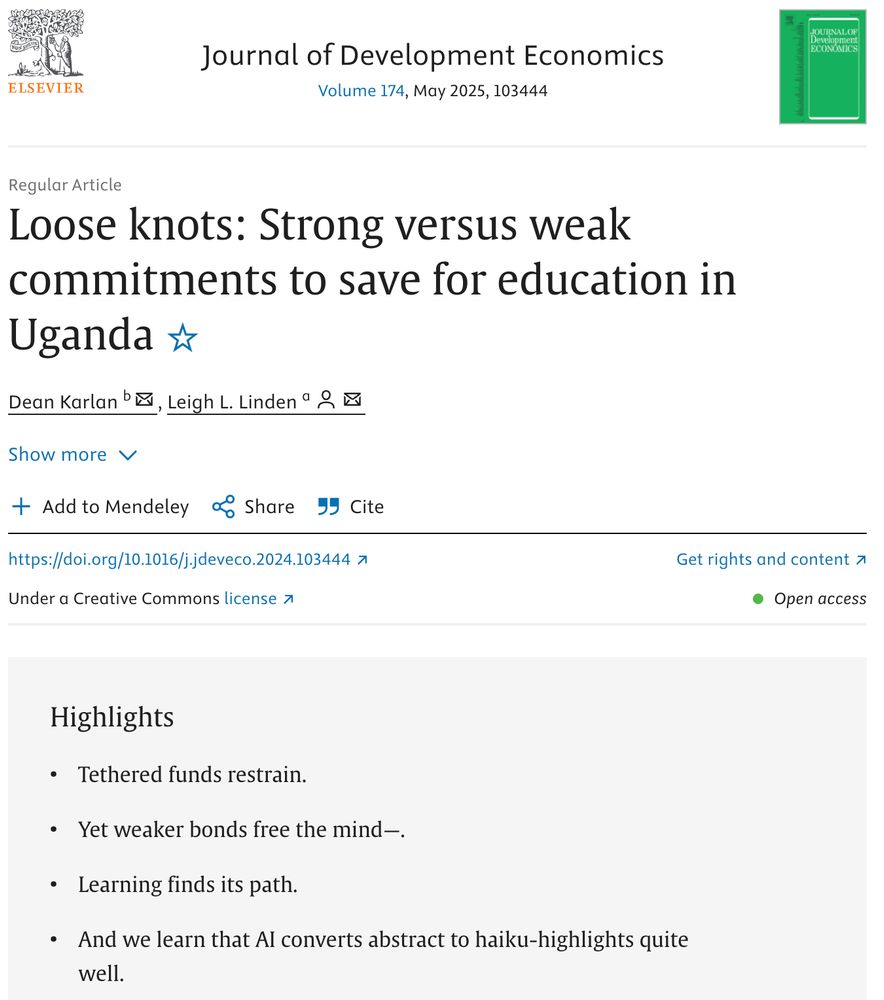
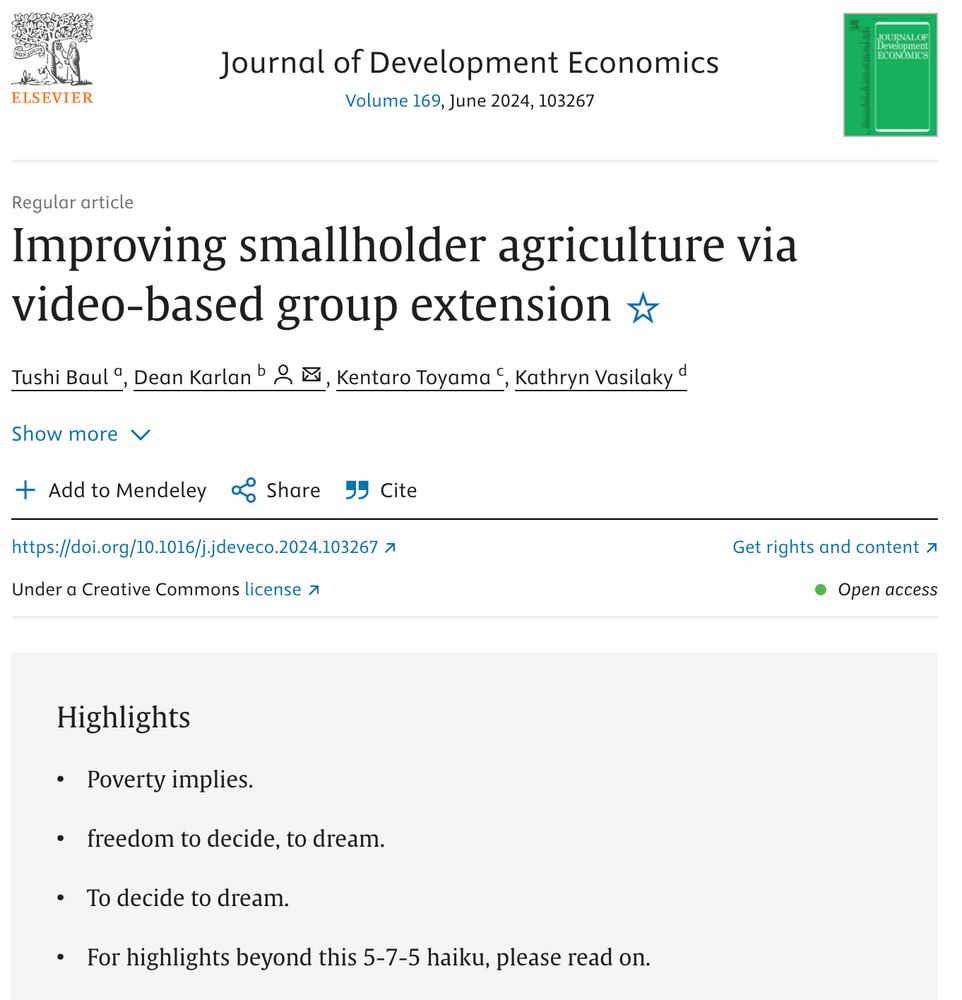
Lab² is inviting researchers to take part in a multi-analyst study on the effects of having daughters on various outcomes.
Join this metascience project as a co-author and gain the opportunity to work with SOEP data!
Lab² is inviting researchers to take part in a multi-analyst study on the effects of having daughters on various outcomes.
Join this metascience project as a co-author and gain the opportunity to work with SOEP data!
I believe it makes a contribution to the recent literature on the epistemic role of narratives in science, particularly in economics.
ssrn.com/abstract=476...

I believe it makes a contribution to the recent literature on the epistemic role of narratives in science, particularly in economics.
ssrn.com/abstract=476...
Let me note that experiments are a common method among the faculty, including macroeconomists and microeconomists.
#EconJobs #AcademicJobs #HigherEd #Economics #JobAlert

Let me note that experiments are a common method among the faculty, including macroeconomists and microeconomists.
You can find the book here: www.amazon.com/Experimental...

You can find the book here: www.amazon.com/Experimental...
As it turns out, it actually says the opposite of what skeptics claim: www.theclimatebrink....

As it turns out, it actually says the opposite of what skeptics claim: www.theclimatebrink....

If two people give 2 each, it is €4.
If 3,000 give 3,000 each, it is 9 million.
Let’s coordinate, here 👇
and please re-post to spread the word.
yourcontributionsquared.eu/en/
If two people give 2 each, it is €4.
If 3,000 give 3,000 each, it is 9 million.
Let’s coordinate, here 👇
and please re-post to spread the word.
yourcontributionsquared.eu/en/
And it is in Barcelona!
www.upf.edu/web/beslab/h...

And it is in Barcelona!
www.upf.edu/web/beslab/h...

My opinion: RCTs remain one of the more robust methods for p-hacking because the results are more verifiable due to data availability, pre-registration, and simplicity of analyses. In contrast, IV, structural, and simulations are much more flexible for p-hacking.
RCTs and RDDs have relatively high null results across all fields. Typically, with RCTs it is harder to do specification mining to get your desired large result.
Sadly, the scandal shows there may be other research malpractice that can get you there.
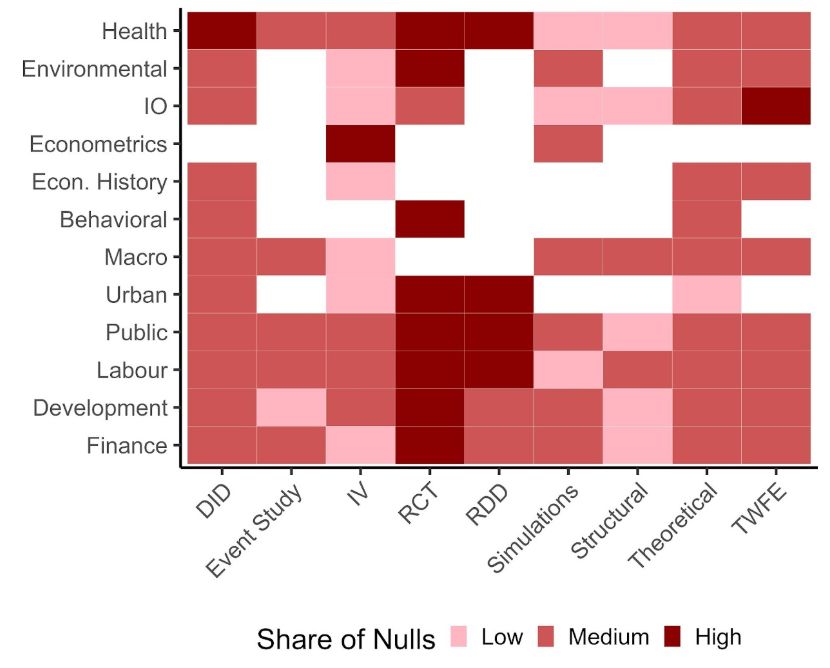
My opinion: RCTs remain one of the more robust methods for p-hacking because the results are more verifiable due to data availability, pre-registration, and simplicity of analyses. In contrast, IV, structural, and simulations are much more flexible for p-hacking.
Deadline March 20!
Also a session organized by @suomenpankki.fi !
cebra.org/events/annua...
Deadline March 20!
Also a session organized by @suomenpankki.fi !
cebra.org/events/annua...





Hosted by @talknormal.co.uk
🔊 Listen here: cepr.org/multimedia/d...
#EconSky

Hosted by @talknormal.co.uk
🔊 Listen here: cepr.org/multimedia/d...
#EconSky


